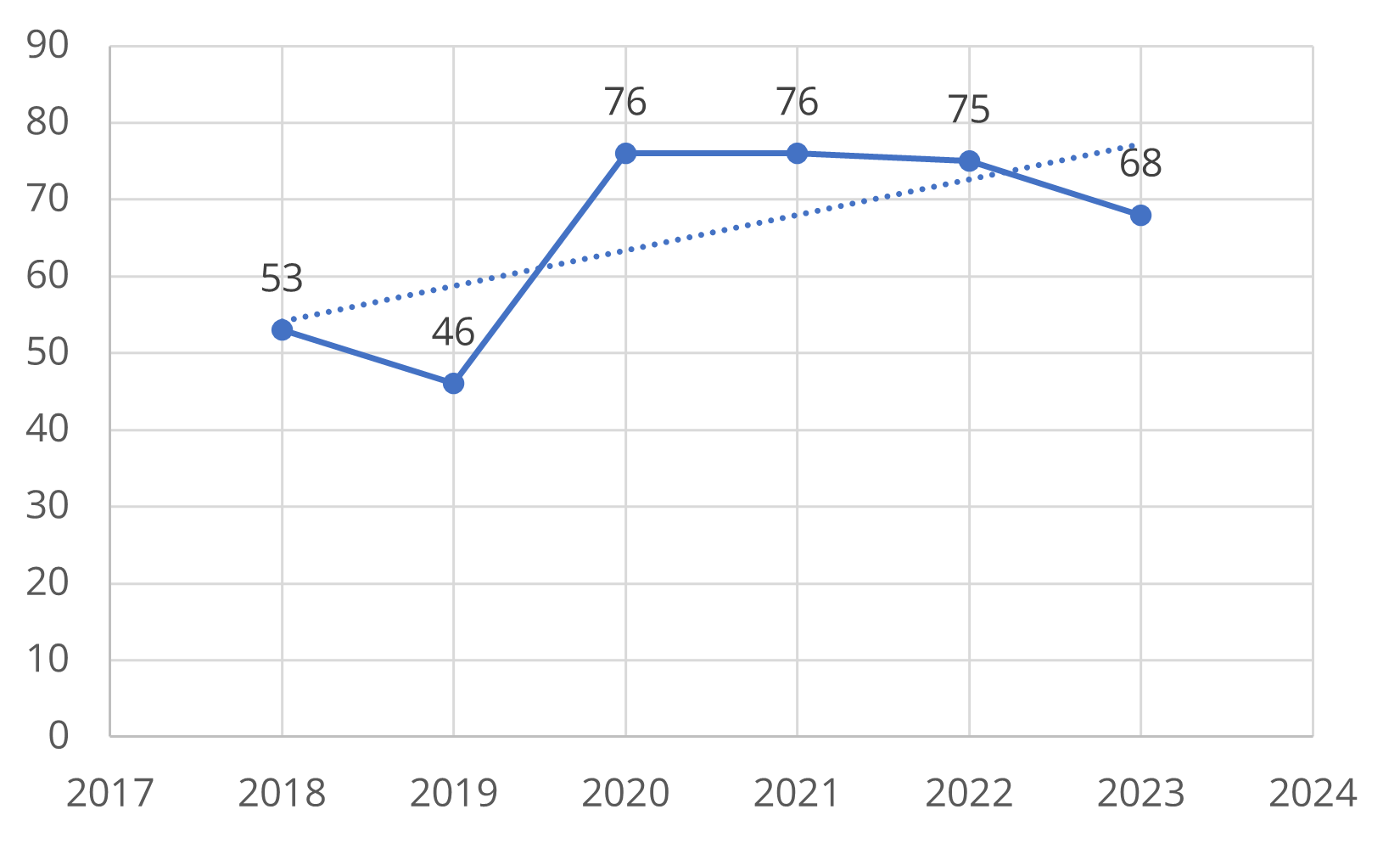By Kirstin Greaney-Stanger, Deputy Fire Marshal

With the seasons changing the nights are growing longer and the temps are getting colder. Residential structures and commercial buildings alike are switching over from their cooling systems to their heating systems.
According to the USFA heating fires remained the second leading cause of home fires in 2022. An estimated 34,800 home heating fires were reported by fire departments that caused an estimated 110 deaths, 650 injuries, and $564.6 million in property loss. A furnace is not the only cause of home heating fires, portable heaters accounted for 3% of the annual home heating fires reported from 2017-2019. Portable heater fires may only have accounted for 3% of the heating fires between 2017-and 2019, but portable heater fires accounted for 41% of fatal heating fires in homes.
When out inspecting commercial buildings, education occupancies, or even residential occupancies, especially those with in-home daycares, there are some common fire code violations that may be located that center around property heating. Some of those violations are listed below:
- Section 305.1 Clearance from Ignition Sources:
- Clearance between ignition sources such as heaters, flame-producing devices and combustible materials, shall be maintained in an approved manner.
- Section 305.2 Hot Ashes and Spontaneous Ignition Sources:
- Hot ashes, cinders, smoldering coals or materials subject to spontaneous ignition should not be deposited in a combustible receptacle. These materials should also not be placed within 10 feet of another combustible material, including combustible walls, or within 2 feet of openings to buildings.
- Section 603.9 Portable, Electric Space Heaters:
- Portable electric space heaters are to be plugged directly into an approved receptacle. Portable space heaters are not to be plugged into extension cords or power strips. Portable space heaters need to have a clear operational space of 3 feet from any combustible materials.
- Section 605 Fuel-Fired Appliances
- Chimneys, vents, smokestacks or similar devices for conveying smoke or hot gases to the exterior of the building from a stove, furnace, or boiler shall be maintained to not create a fire hazard.
- Masonry chimneys that are found without a flue liner and have open mortar joints that can permit smoke or gasses to enter the building shall be repaired or relined.
- Metal chimney that are corroded or improperly supported shall be repaired or replaced.
- Chimneys, vents, smokestacks or similar devices for conveying smoke or hot gases to the exterior of the building from a stove, furnace, or boiler shall be maintained to not create a fire hazard.

For more information on home heating, fire safety or informative material for risk reduction in your community, visit USFA's website. If you or your department needs assistance with risk reduction ideas or have code questions, please feel free to reach out to the North Dakota State Fire Marshal’s office, and we’ll be happy to help you.

